Presented as part of the ‘Melting into Air’ cinema program, the Australian Cinémathèque at GOMA presents a Live Music & Film screening of silent blockbuster Wings 1927. This screening will feature live musical accompaniment from David Bailey on the Gallery’s 1929 Wurlitzer organ, adding drama and majesty to this unforgettable cinematic experience.
Wings | Tickets on sale now
1.30pm, Saturday 10 Dec 2022
A Wellman’s Wings follows two hometown friends who enlist to become combat pilots during the First World War. When not battling the enemy in the sky, they scheme against each other to win the heart of the woman they both love. Throughout their adventures, they encounter danger, romance and tragedy in a sensational Hollywood spectacle.
The film is a technical marvel, capturing feats of aviation daring that have to be seen to be believed. Featuring hundreds of extras and scores of planes, the legacy of its aerial battle sequences looms large — with their influence visible in everything from Star Wars 1977 to Top Gun 1986.
Wings was a massive critical and commercial success. It won the first Academy Award for Best Picture at the 1929 Oscars and broke box office records across America. Its success would make an instant star of Clara Bow, who would briefly become the biggest star in Hollywood.
This screening presents an immaculate new digital restoration of the film that showcases its visual invention and the almighty scale of its action.


Australian Cinémathèque at GOMA
Hidden beneath the stage of the purpose-built Australian Cinémathèque at the Gallery of Modern Art (GOMA), and only revealed for special screenings is our much loved 1929 Wurlitzer Style 260 Opus 2040 Pipe Organ.
It is a rare opportunity to be able to view silent films on the big screen some hundred years since ‘talkies’ became a theatre sensation — thus ending the silent film era — however our Wurlitzer brings these films back to life as they were intended to be enjoyed.
QAGOMA is the only Australian art gallery with purpose-built facilities dedicated to film and the moving image. The Australian Cinémathèque provides an ongoing program of film that you’re unlikely to see elsewhere, offering a rich and diverse experience of the moving image, showcasing the work of influential filmmakers and international cinema, rare 35mm prints, and recent restorations including silent films with live musical accompaniment.
1929 Wurlitzer
This Wurlitzer Pipe Organ’s original home was in Brisbane’s Regent Theatre which opened on 8 November 1929, installed on an electric lift to the left of the orchestra pit. At a cost reported in the press of £25–30,000, it was the last instrument of its type in Australia and remained at the Regent until 1964.
Comprising 15 ranks — sets of pipes producing the same timbre for each note — and percussion, spread over three keyboard manuals and pedals, it claimed to be the largest organ possessed by any theatre in the county. Its largest pipe is 32 feet in length and 3 feet 6 inches in diameter and the organ boasted 600 miles of electric wiring and over 2,000,000 separate electric contacts.
By 1944 when the Regent Theatre Orchestra was disbanded, the Console was moved to the orchestra lift in the center of the stage, by then its timber casing had been painted white.
The Wurlitzer arrives in Brisbane
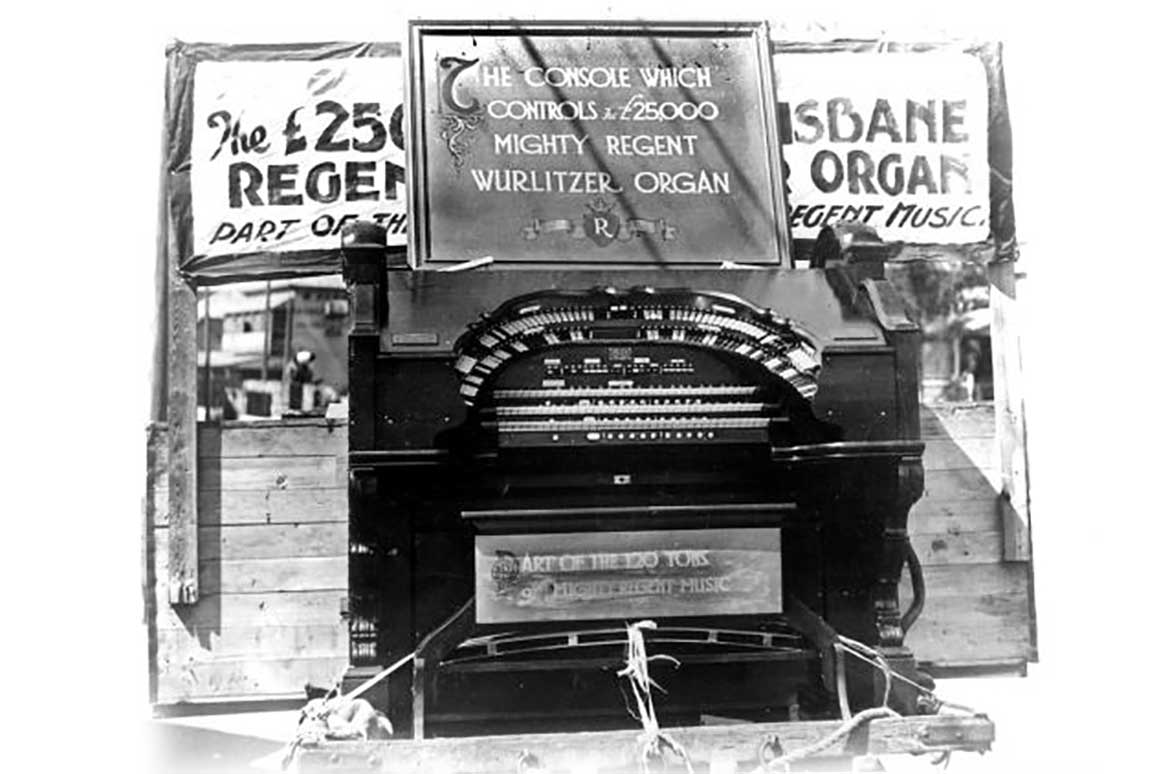
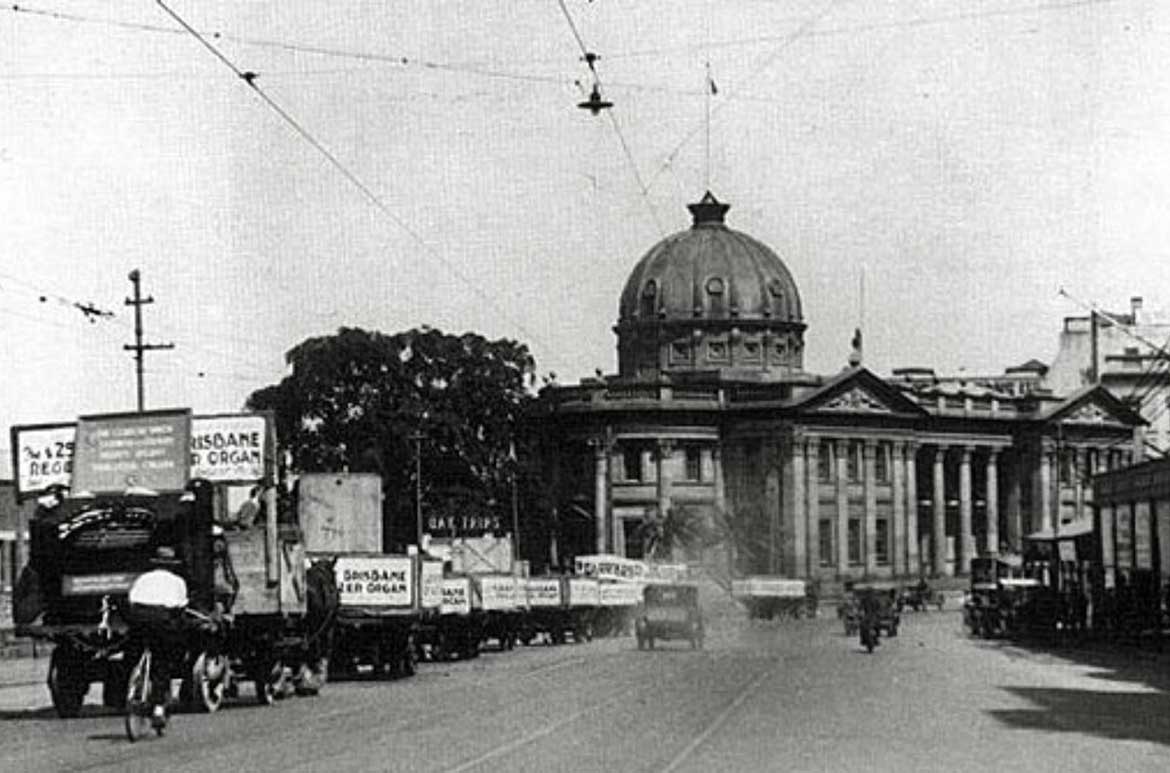
Installation at the Regent Theatre in 1929
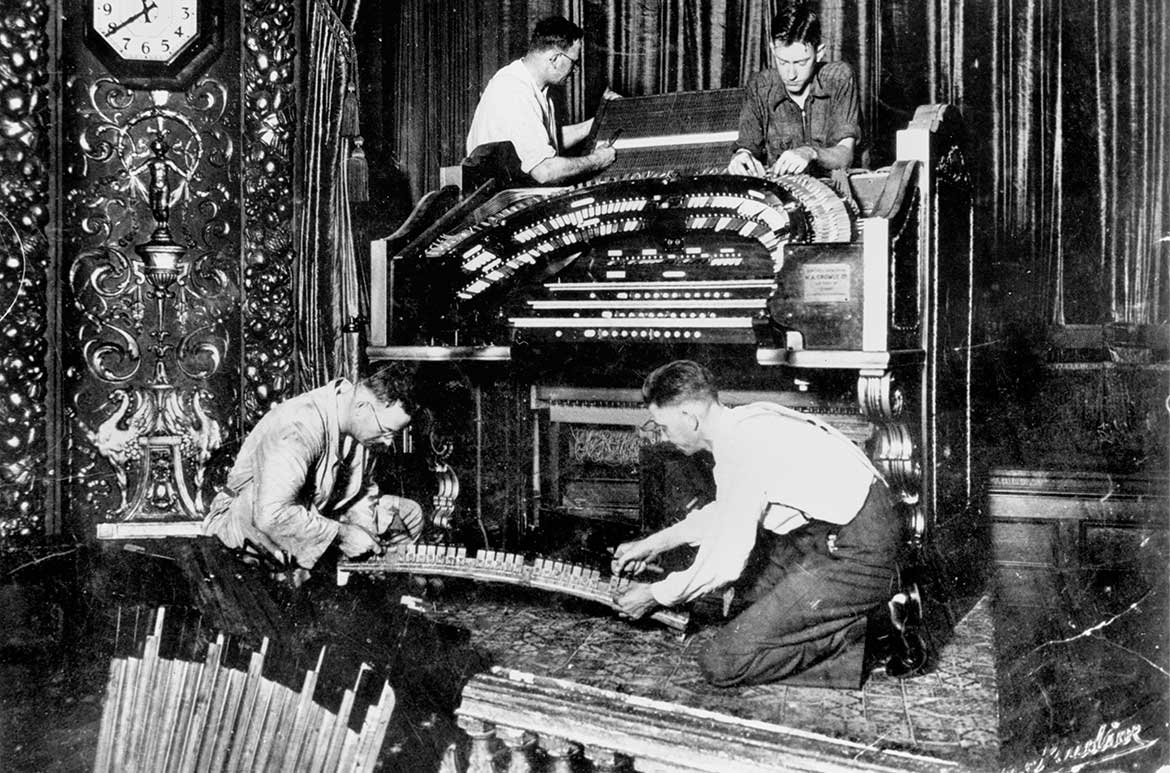
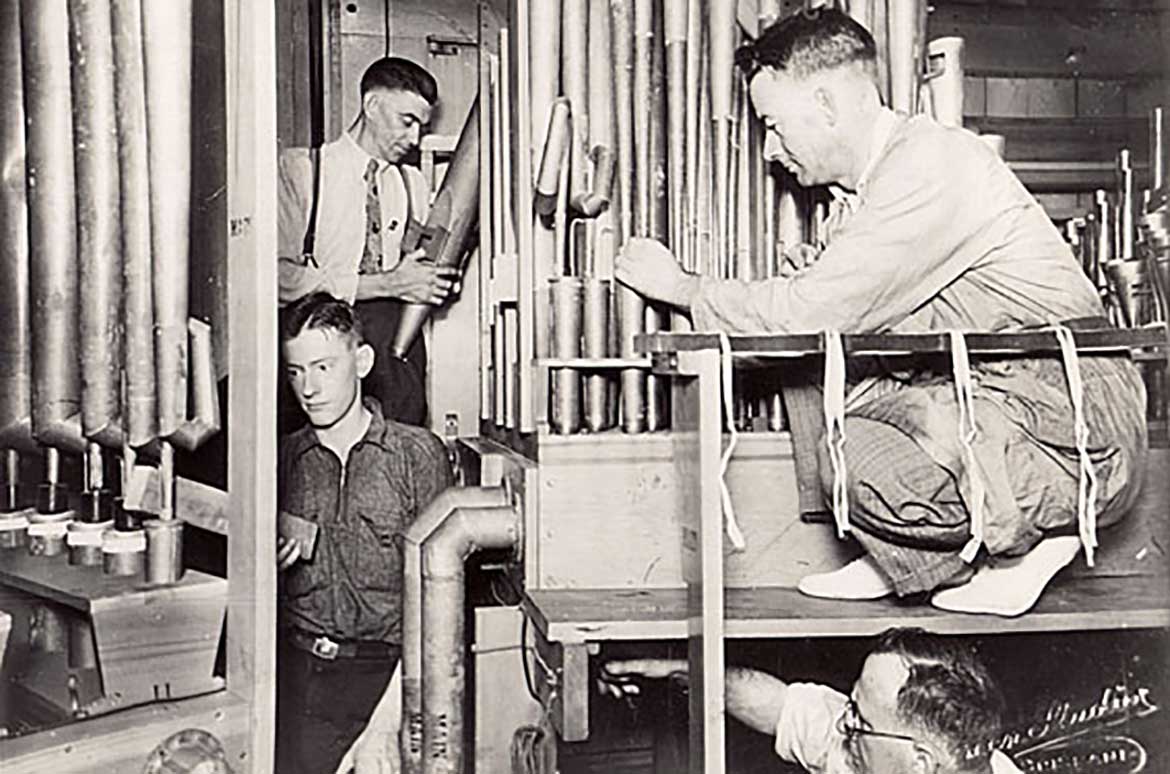

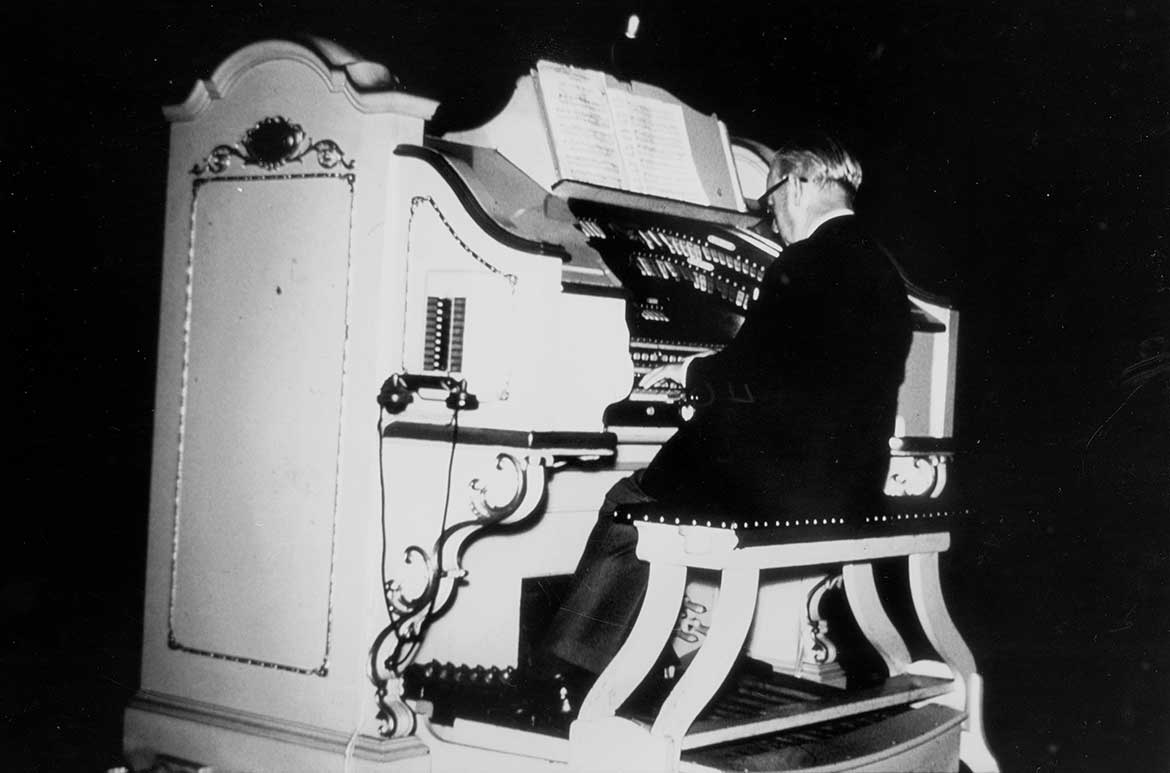
Regent Theatre, Brisbane
Opening in 1929, the Regent Theatre accommodated all classes of theatrical entertainment from opera to vaudeville and films, with construction approval in 1926, at a time when picture palaces were gaining popularity worldwide. The theatre located on a prestigious Queen Street address in the heart of the city, was the only ‘American-style’ picture palace to be built in Queensland, reflecting the opulence and grandeur of the great Hollywood era.
Seating more than 2,500 patrons it was one of the largest theatres in Australia and comprised an extensive stage featuring the Wurlitzer Pipe Organ. The Theatre auditorium was even cooled by the first air conditioning in Queensland.
A large dome stretching above the stalls featured a one-ton bronze chandelier in the centre of an oval ceiling medallion set within a “sunburst” surrounded by elaborate decorative plaster work, one of many crystal chandeliers in the dress circle ceiling.
Unfortunately the auditorium interior was demolished and converted into a four-screen complex by Hoyts in 1979, however the building exterior, including the entrance, main foyers and marble staircase remains intact and are now heritage listed. The Hoyts Theatre closed in 2010 to be replaced with offices.
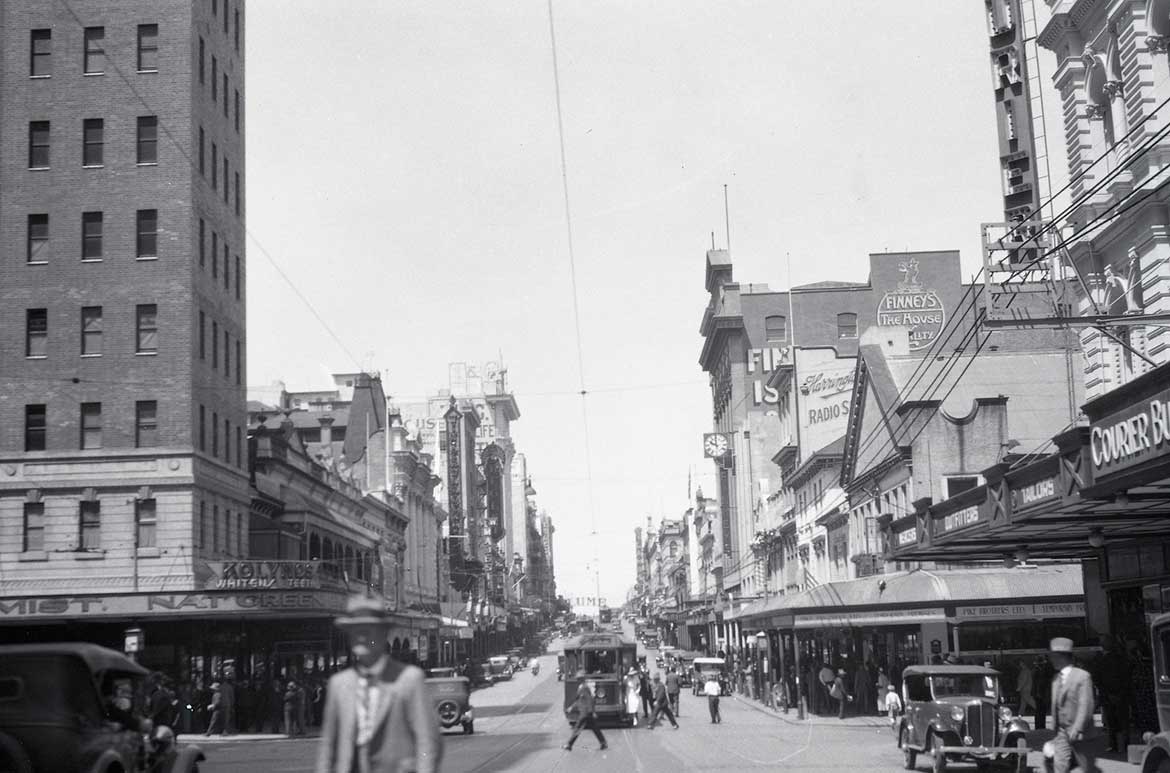
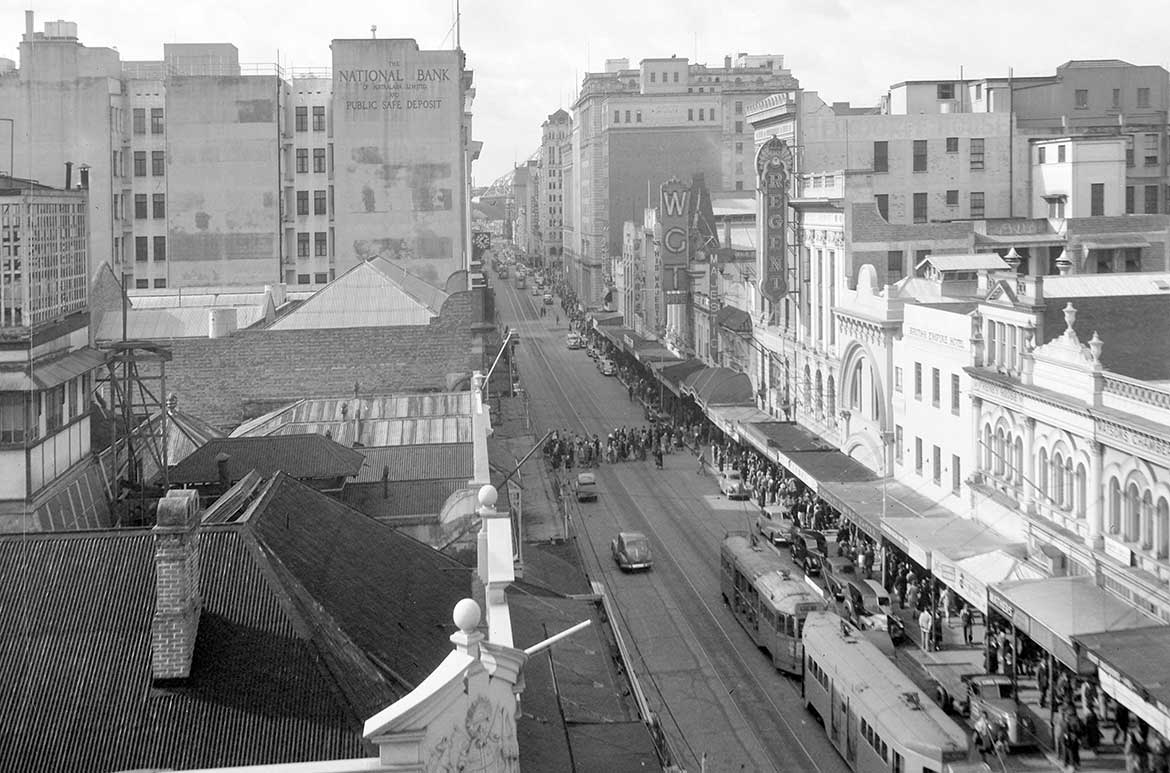
Regent Theatre (Queen Street facade)
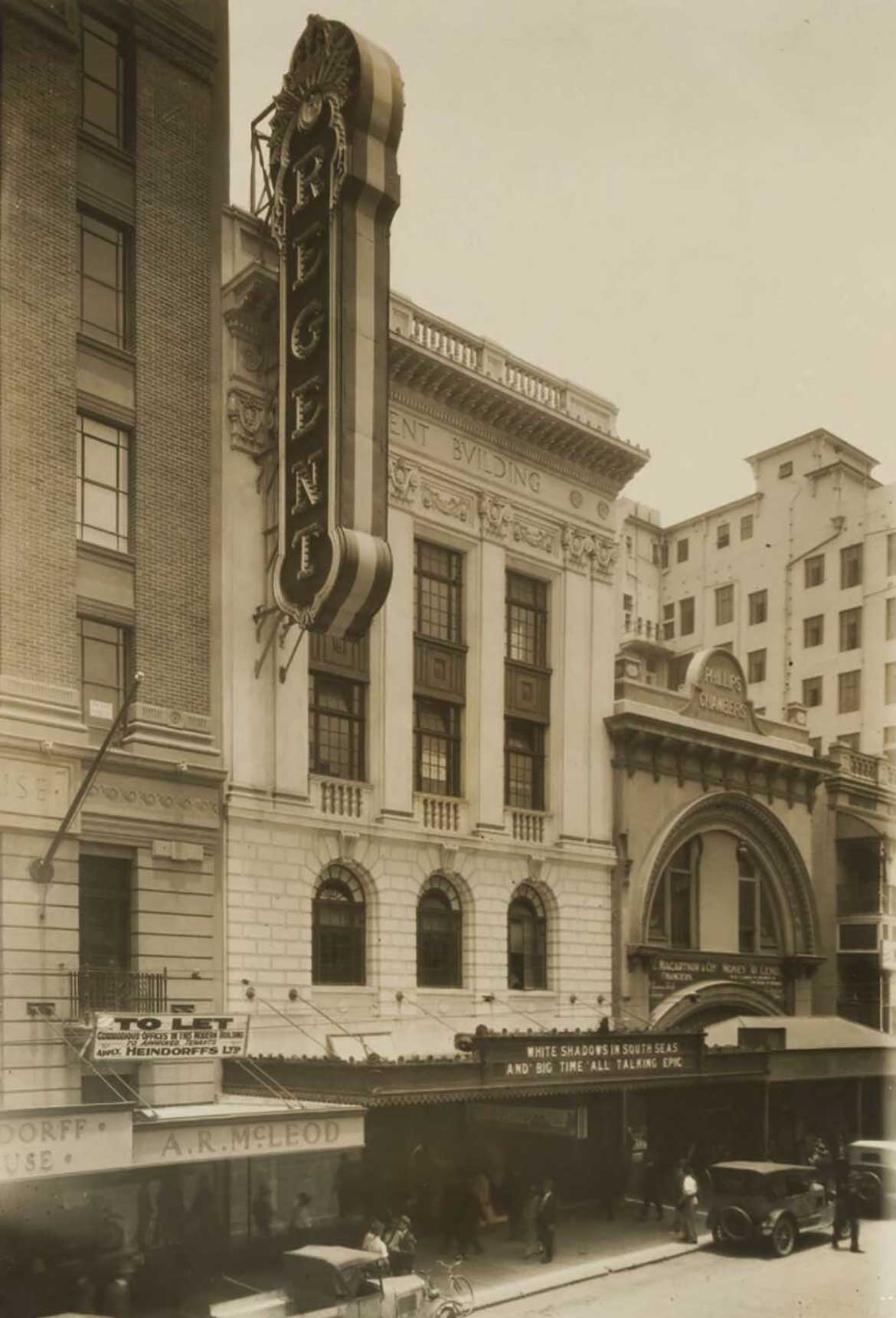
Regent Theatre (Auditorium)
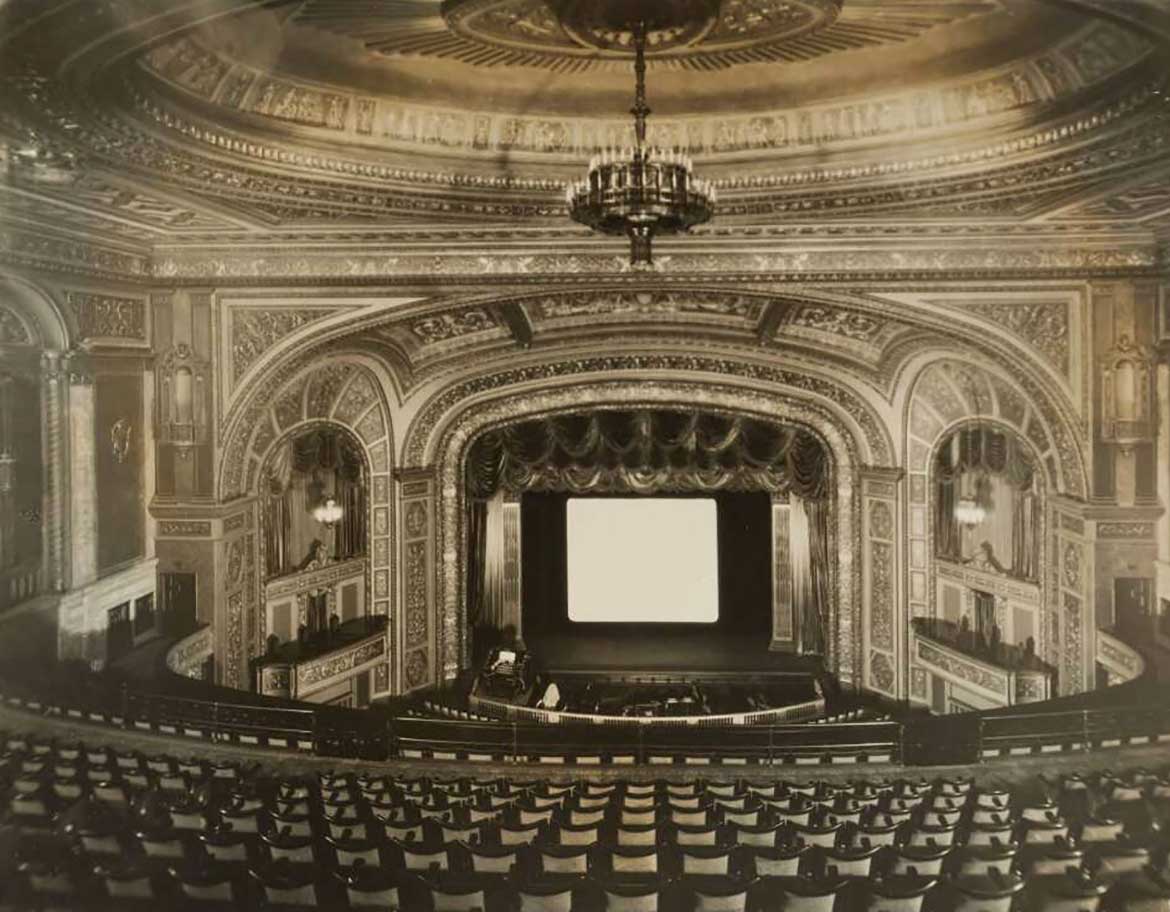

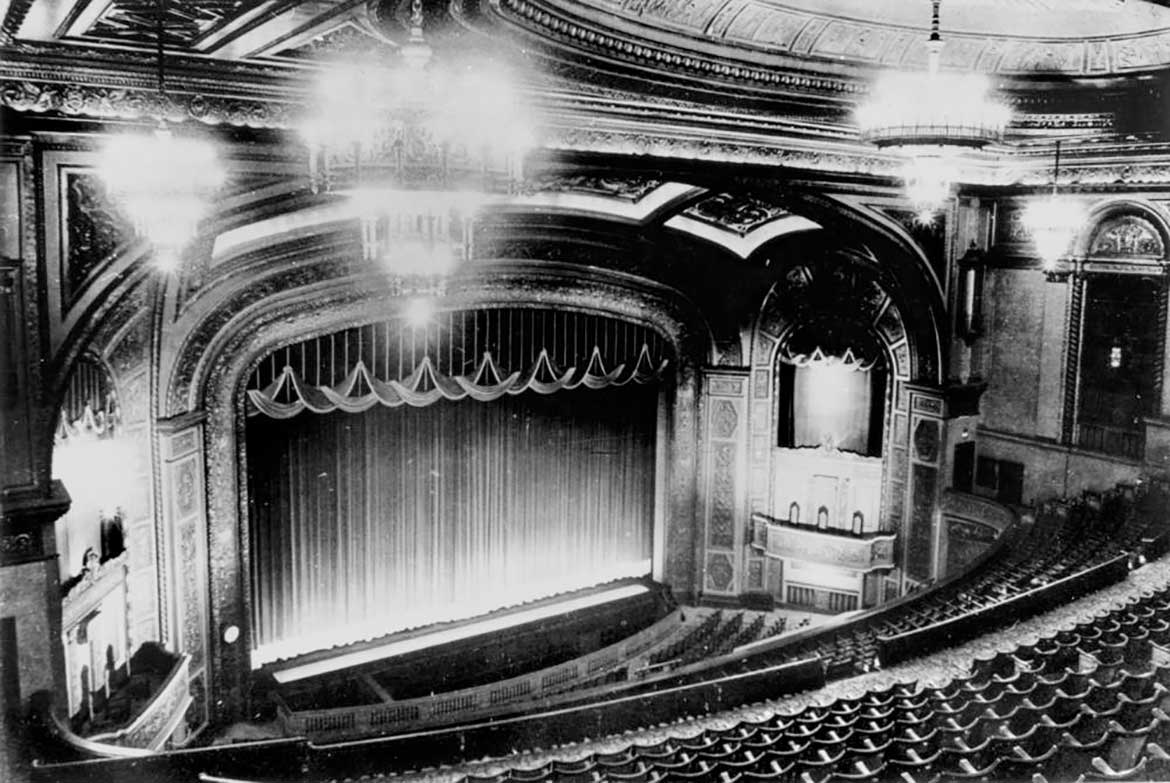
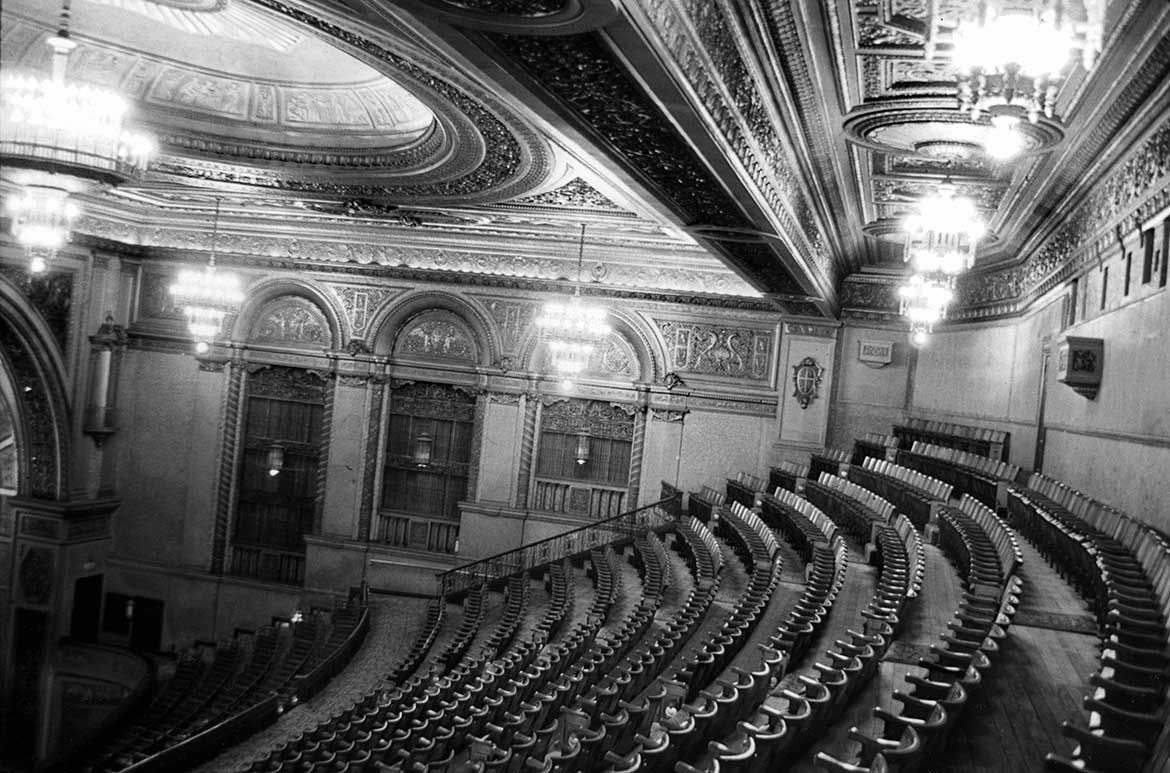
Demolition of the Regent Theatre auditorium in 1979
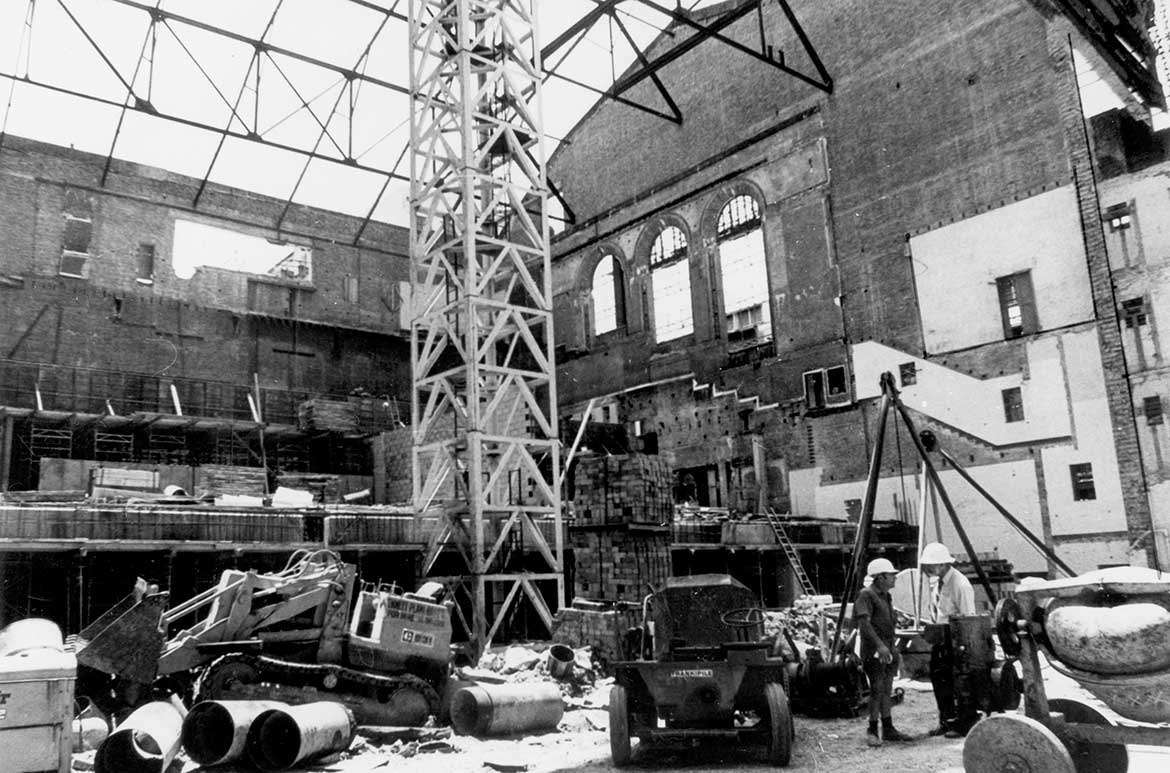
Existing main foyers and marble staircase now heritage listed
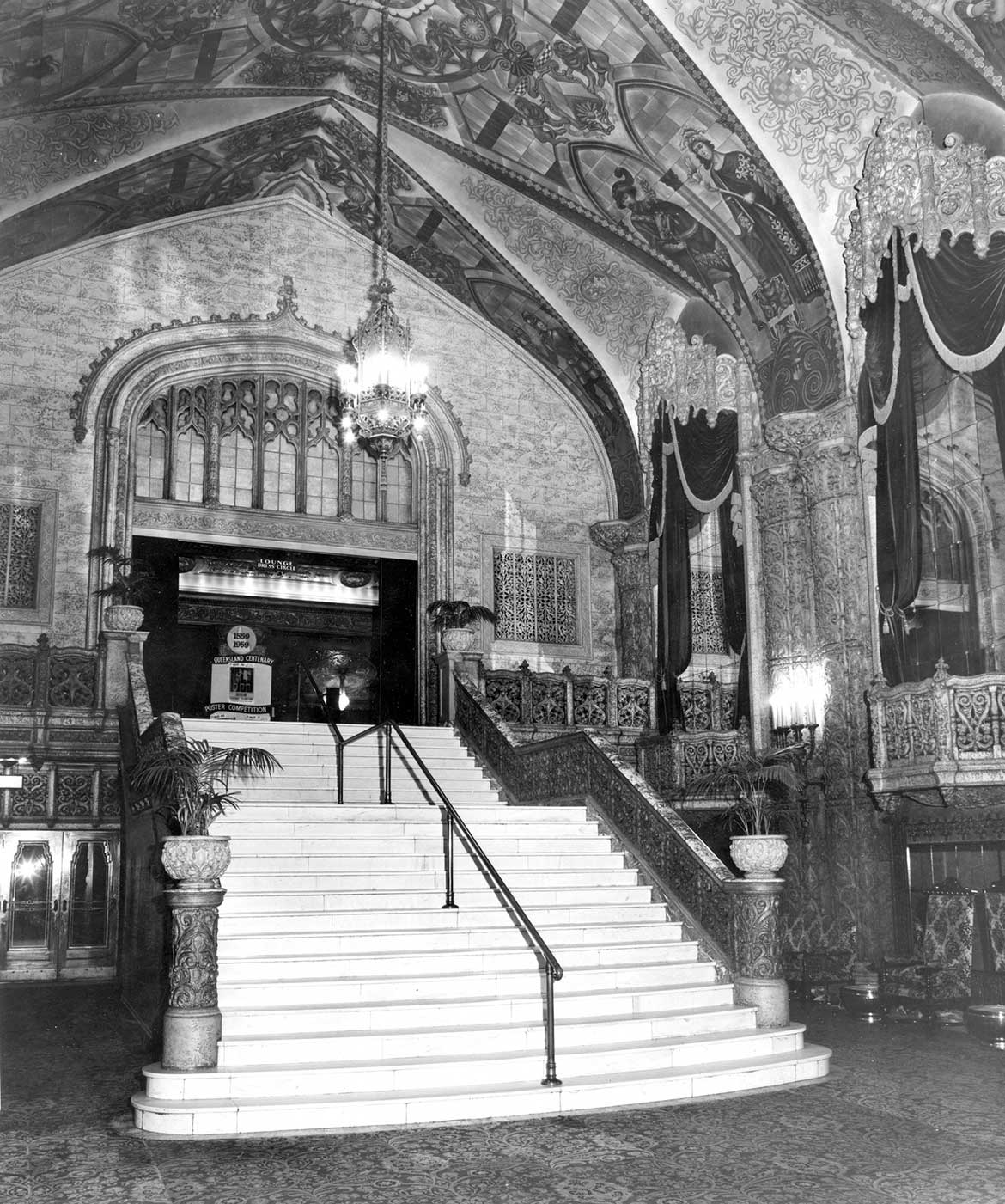
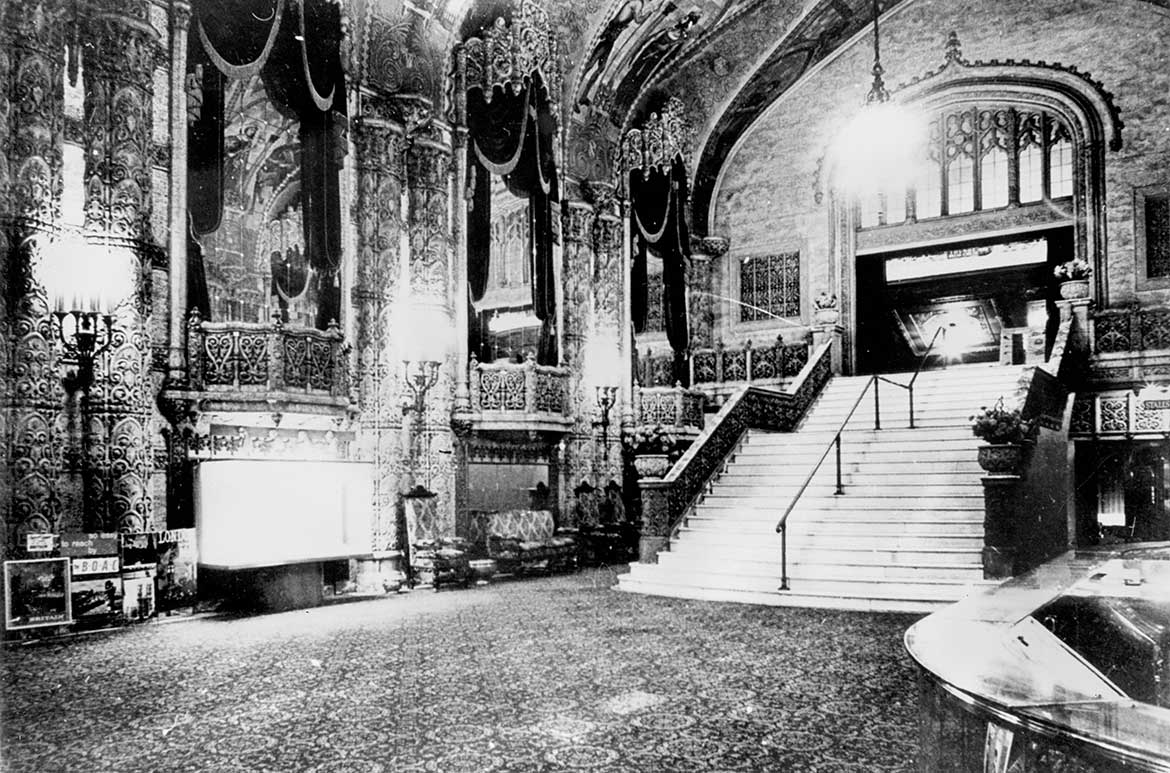
Wurlitzer now installed at GOMA
Once removed from the Regent Theatre in 1964, the Wurlitzer remained in private ownership in New South Wales until it was negotiated to be returned to Queensland in 2004 when it underwent restoration and installed in the Australian Cinémathèque when GOMA opened in December 2006. Rechristened in early 2007, it has hardly been altered over the years and remains an important part of Queensland’s cultural heritage, now used regularly to score classic silent films under the fingers of talented organists.
Two main organ chambers sit beneath the stage, and stretched back beneath the seating in Cinema A are the organ’s largest pipes. Many components including musical instruments, sound effects and the bells and whistles are pneumatically operated from the Console, with the sound ultimately surging into the cinema through chutes that open through grilles in front of the stage. This Wurlitzer model incorporates more elements than any other theatre organ in Australia to give audiences an exceptional and unique audio experience.
Edited research and supplementary material compiled by Elliott Murray, Senior Digital Marketing Officer, QAGOMA
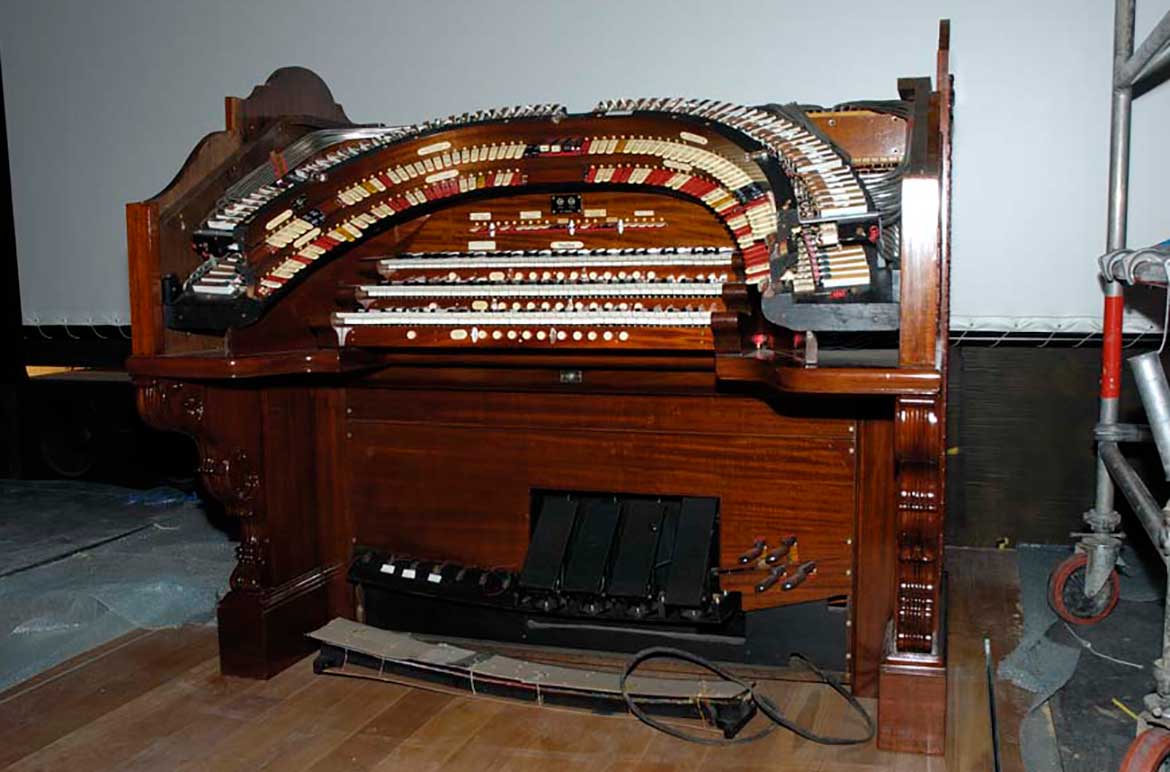

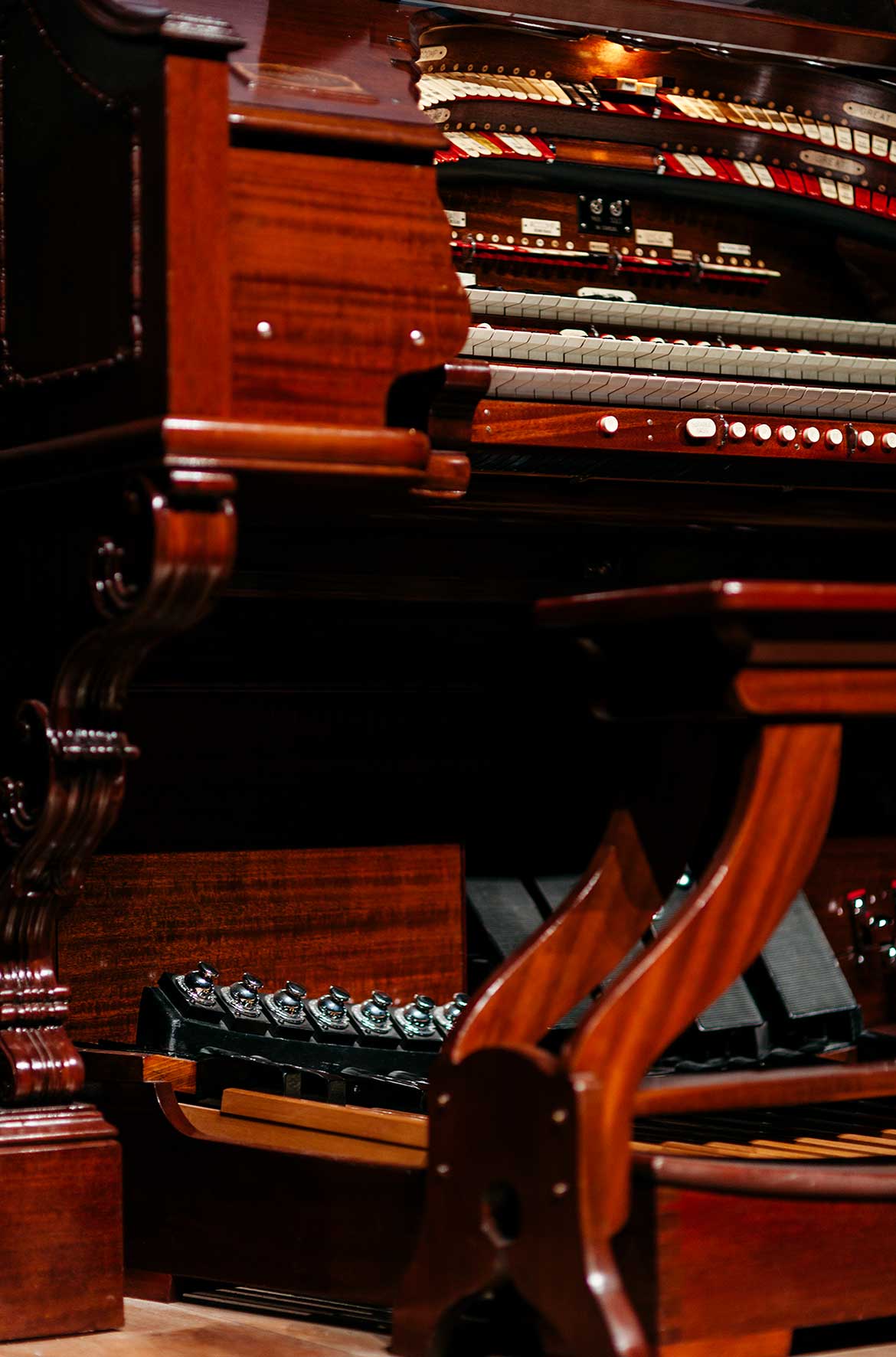
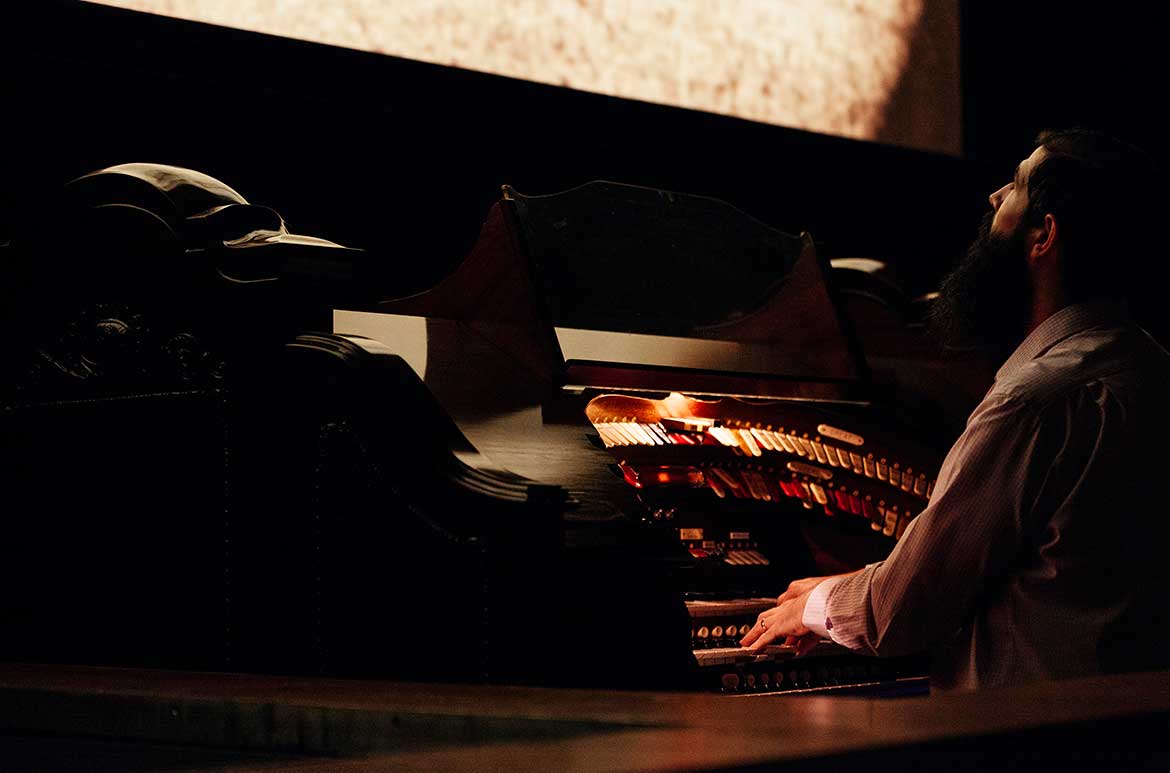
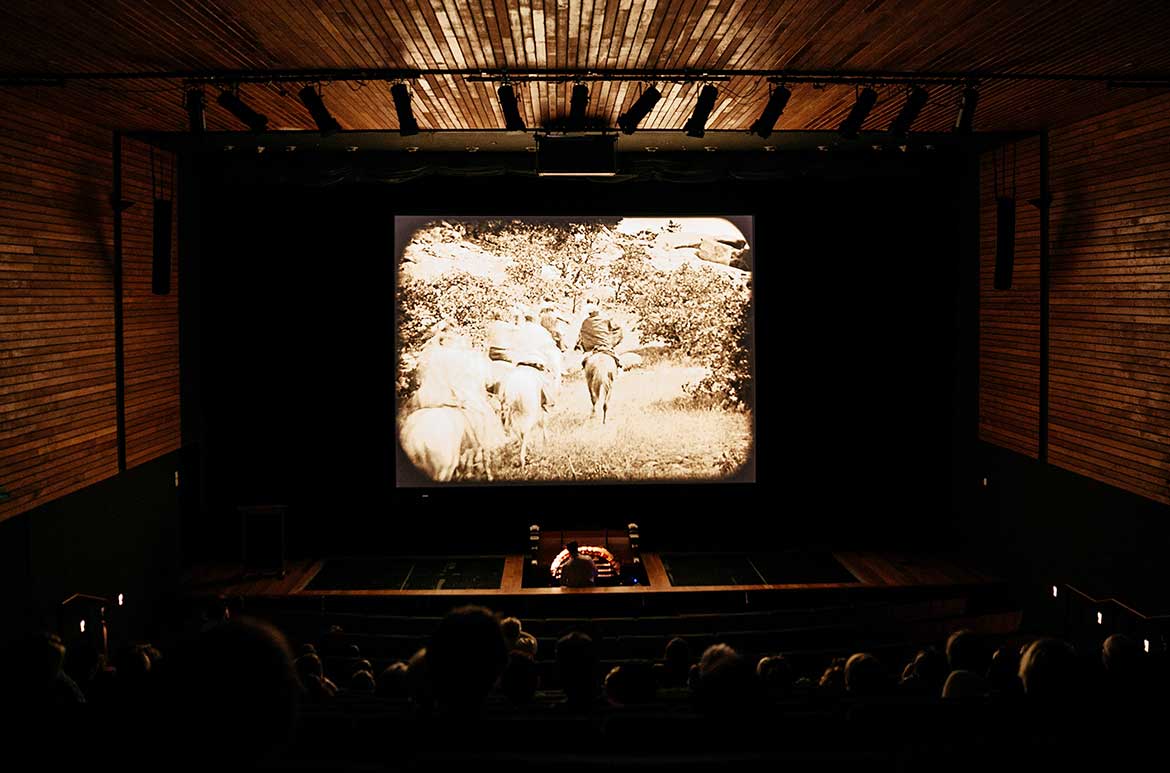
Further reading:
PSTOS-Pipeline
Gallery of Modern Art Wurlitzer
Theatre Organs of Queensland
GOMA Theatre Organ
Featured image: Organist David Bailey playing the Gallery’s 1929 Wurlitzer organ / Photograph: J Ruckli © QAGOMA
#QAGOMA



:strip_icc()/BHG_PTSN19720-33d9cd22f6ab49e6a21982e451321898.jpg)

More Stories
The Ultimate Suit Lining Style Refresh
Review of Jackson’s Curated Sets: Moku Hanga Printmaking
Gurney Journey: Midwinter Greetings